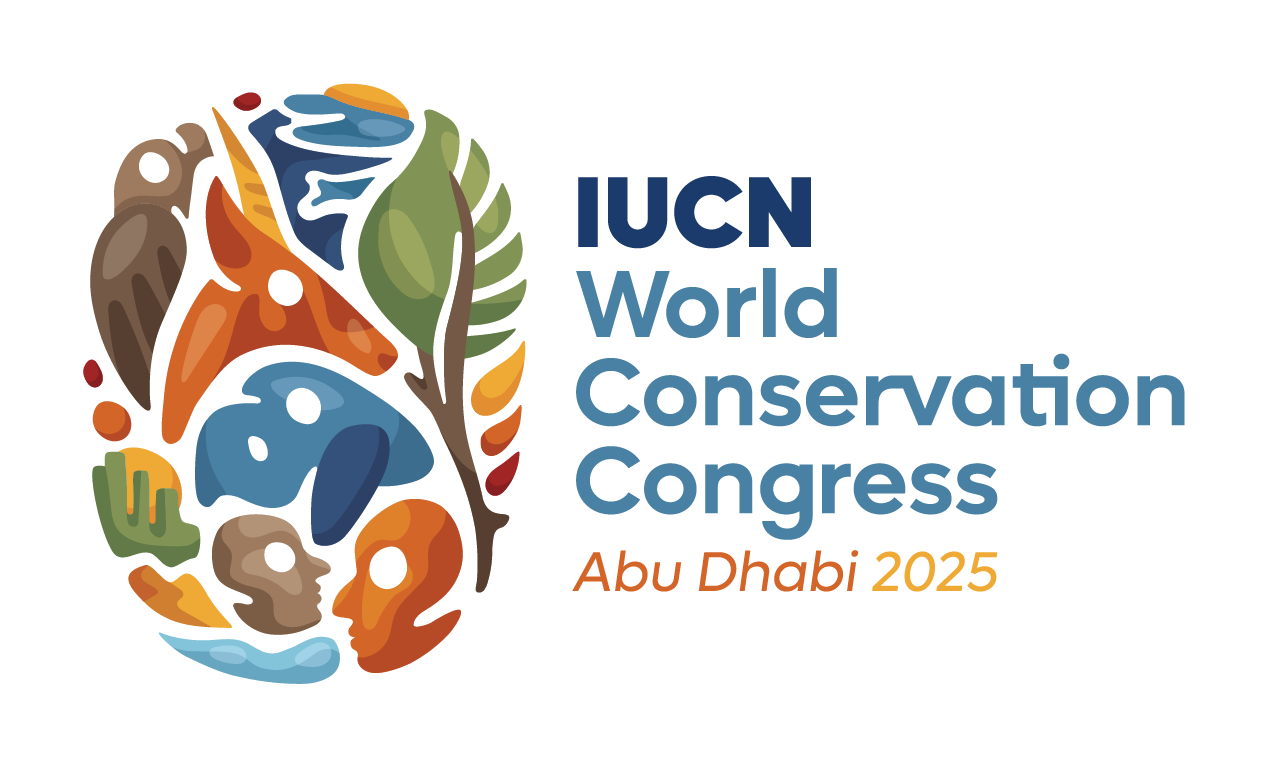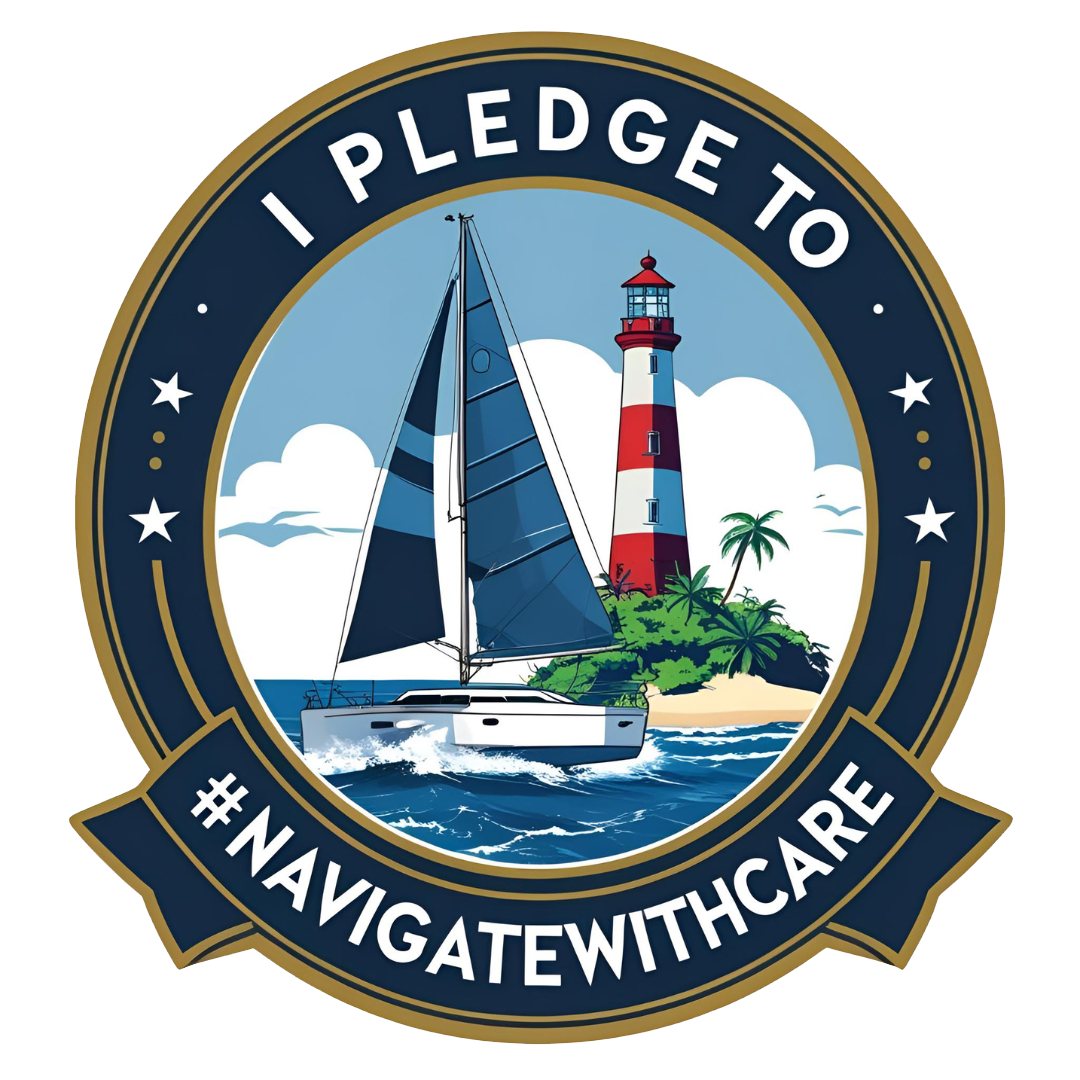This article, by LOF Science Team members, discusses the unique discovery of a massive hermit crab aggregation at Surprise Atoll lagoon during the Khaled bin Sultan Living Oceans Foundation mission to New Caledonia.
A massive subtidal aggregation of hermit crabs in Surprise Atoll lagoon, New Caledonia
Coral Reefs – Reef Site
April 11, 2015
Nathaniel Evans, Antoine Gilbert, Serge Andrefouet, and Gustav Paulay
 Many hermit crab species can form large aggregations, sometimes numbering thousands of individuals (e.g., Gherardi and Vannini 1992). Research suggests that such clustering behavior can reduce predation risk and positively influence feeding, reproduction, and shell exchange. While clustering is well documented among lineages inhabiting terrestrial and intertidal zones, it remains poorly studied at subtidal depths where the greatest hermit crab diversity exists. The limited work that has examined this behavior across multiple habitats found clustering to be rare or entirely absent among species occupying subtidal depths (including in six Dardanus species; Barnes and Arnold 2001, but see Ramsay et al. 1997). Here, we report clustering behavior in the subtidal hermit crab species Dardanus scutellatus (H. Milne Edwards, 1848) that formed a massive aggregation of tens of thousands of individuals from 10 to 15 m depth (Fig. 1). Observations were made at approximately 0830 hrs, November 24, 2013 in the remote Surprise Atoll of Entrecasteaux Reef (New Caledonia), on a gently sloping lagoon bottom of sand-covering pavement near 18.4775°S, 163.0835°E. Though our survey was very limited (<25 min, covering approximately 250 m), we did not visually locate the end of this cluster. We also saw no obvious signs of a significant food source that might have attracted these crabs. No other benthic fauna was observed, but sea snakes swam through the area. To our knowledge, such a large subtidal aggregation has never been formally reported, although scientific divers recorded a similar event 15 December 2009 in a similar habitat on Beautemps-Beaupré Atoll (Laboute, pers. comm.). The novelty of this observation emphasizes that our knowledge of clustering behavior in hermit crabs remains incomplete…
Many hermit crab species can form large aggregations, sometimes numbering thousands of individuals (e.g., Gherardi and Vannini 1992). Research suggests that such clustering behavior can reduce predation risk and positively influence feeding, reproduction, and shell exchange. While clustering is well documented among lineages inhabiting terrestrial and intertidal zones, it remains poorly studied at subtidal depths where the greatest hermit crab diversity exists. The limited work that has examined this behavior across multiple habitats found clustering to be rare or entirely absent among species occupying subtidal depths (including in six Dardanus species; Barnes and Arnold 2001, but see Ramsay et al. 1997). Here, we report clustering behavior in the subtidal hermit crab species Dardanus scutellatus (H. Milne Edwards, 1848) that formed a massive aggregation of tens of thousands of individuals from 10 to 15 m depth (Fig. 1). Observations were made at approximately 0830 hrs, November 24, 2013 in the remote Surprise Atoll of Entrecasteaux Reef (New Caledonia), on a gently sloping lagoon bottom of sand-covering pavement near 18.4775°S, 163.0835°E. Though our survey was very limited (<25 min, covering approximately 250 m), we did not visually locate the end of this cluster. We also saw no obvious signs of a significant food source that might have attracted these crabs. No other benthic fauna was observed, but sea snakes swam through the area. To our knowledge, such a large subtidal aggregation has never been formally reported, although scientific divers recorded a similar event 15 December 2009 in a similar habitat on Beautemps-Beaupré Atoll (Laboute, pers. comm.). The novelty of this observation emphasizes that our knowledge of clustering behavior in hermit crabs remains incomplete…
Also check out our feature story on this same topic.


